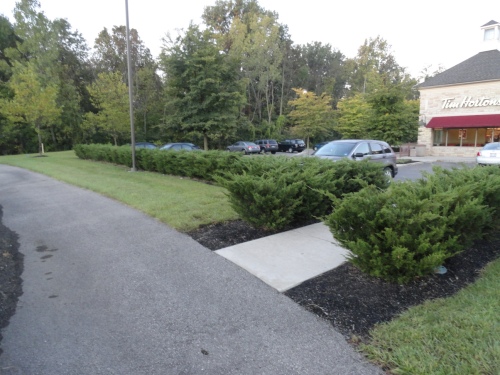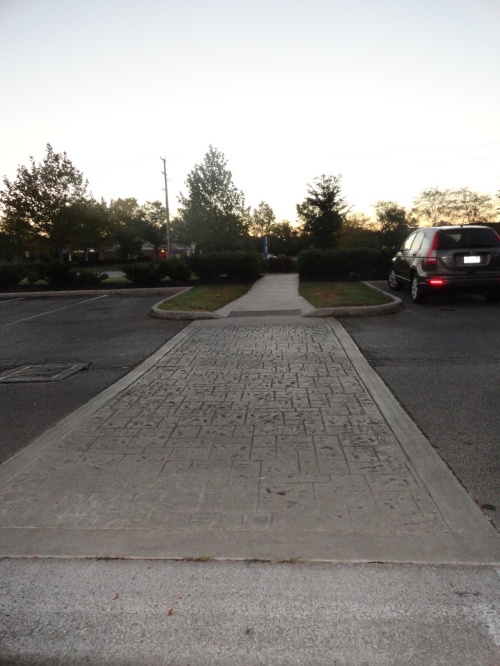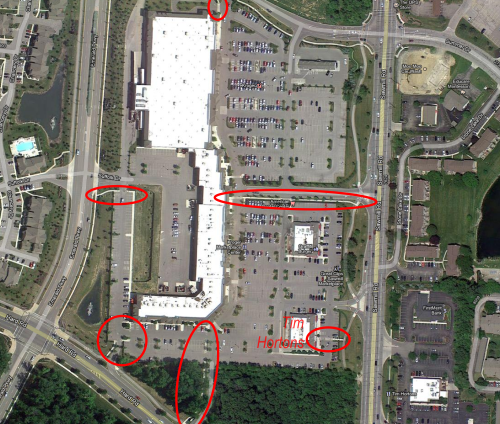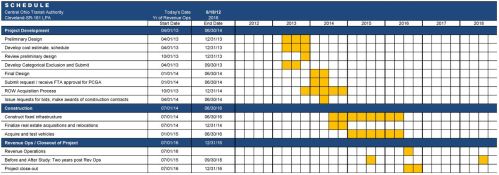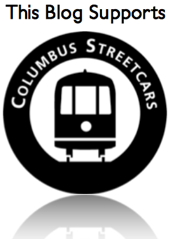 Next summer, Columbus will see the launch of its first bike share network with over 300 bikes parked at 30 locations in Downtown and nearby neighborhoods. Users of the system will be able to visit any of the stations, borrow a bike to ride and return it to any of the stations.
Next summer, Columbus will see the launch of its first bike share network with over 300 bikes parked at 30 locations in Downtown and nearby neighborhoods. Users of the system will be able to visit any of the stations, borrow a bike to ride and return it to any of the stations.
“BikeShare is a low-cost, 24-hour transit system,” said Columbus Mayor Michael B. Coleman. “We’ve taken big steps toward making Columbus one of the best biking cities in the nation, and I’m excited to add bike sharing to the mix.”
Portland-based Alta Bicycle Share has been selected to bring the system to Columbus in June 2013. The system will utilize an automated swipe card system that will feature single-day uses, three-day passes and yearly memberships. The cards can be purchased at stations or online.
“This program is a fabulous addition for Downtown, and I have no doubt we will see a significant increase in bicycle traffic,” said Cleve Ricksecker, executive director of the Capital Crossroads and the Discovery Special Improvement Districts. “Columbus BikeShare will be a big amenity not only for visitors to Columbus, but for Downtown employees and residents. ”
The 300 bikes that will be a part of the system are three-speed models designed for users over the age of 18. Bikes feature safety lights, a basket for hauling goods, and components to prevent theft. A maintenance team will repair broken bikes and redistribute them to stations throughout the city.
Alta Bicycle Share operates similar systems in Boston, Washington DC and Melbourne, with new systems also rolling out this coming spring in New York City and Portland.
Pricing structures have not yet been announced in Columbus, but the existing systems in Boston and DC charge $5-$7 per day, $12-$15 for a three-day pass, or $75-$85 for annual memberships. Once a pass has been purchased, the costs are then broken down based on time ridden. Any trip under 30 minutes from station to station is free, followed by charges broken down by half-hourly increments.
Columbus City Council is expected to approve legislation on Monday authorizing a one time expenditure of $2.2 million to purchase the bikes, stations and other equipment that will be operated by Alta.
Station locations will be decided this fall through resident and business input, while initial station locations will be centered near Downtown area attractions and employment centers. A map of proposed approximate locations can be found below.
To read more about the concept of bike share systems, click here: Big Ideas: Trending Cycles.






